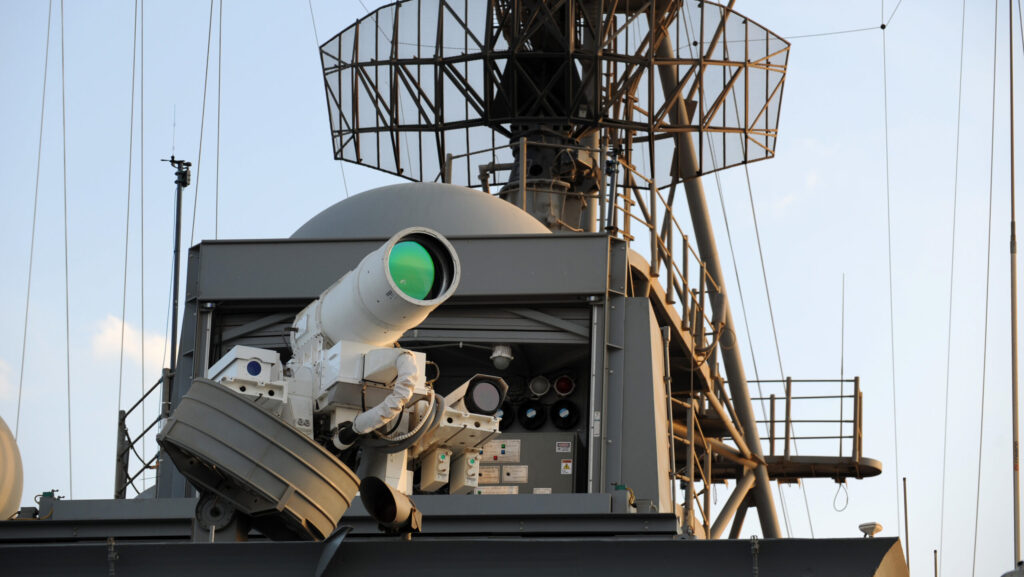You know that the Zumwalts can just shut down some of their turbines in order to go farther, assuming that the electrical power isn't necessary, right?
Besides, these will be operating as the AAW flagship of a carrier group first, so will have an oiler within arm's reach at all times.
You know that whenever any ship design has its "max range" listed, it is always listed at the
most economical propulsion profile? For example, the 4,400NM/8,100km range quoted for the
Burkes is
not the range for "max speed" of 30+ knots/56KPH, but the range when it limits its speed to 20 knots/37KPH.
This is also seen in the range profile for the old
Spruance ships: 6,000nm/11,000km @ 20 knots/37KPH, but only 3,300nm/6,100km @ 30 knots/56KPH (with a max speed of 32.5 knots/60.2KPH)...which happens to be also the official range profile for the
Tico CGs. By the same token, if you see range figures given for a ship with CODOG, CODAG, COGOG, or COGAG propulsion, if it even lists a range figure it usually will just list the diesel-only or the cruise gas turbine-only range...& then you see a big difference in the range with the "sprint" gas turbines. Take, for example, the Type 21/
Amazon FFGs built by the UK:
- COGOG: 2 Tyne [RM1] cruise turbines (8,500shp total), 2 Olympus TM3 sprint turbines (50,000shp total)
- Max speed: 18 knots/33KPH on Tynes, 32-37 knots/59-68.5KPH on Olympus
- Range: 4,000nm/7,400km @ 17 knots/31KPH or 3,500nm/6,500km @ 18 knots/33KPH (Tynes); 1,200nm/2,200km @ 30 knots/56KPH (Olympus)
So...no...turning off 1 or more of the gas turbines on a
Zumwalt or
Burke, or any future ship for that matter, is
not going to magically increase its official range figures, because those range figures
already have that baked into the calculations. There are only certain ways to get a range increase out of an existing ship design:
- Replace existing equipment in the design with larger fuel tanks, assuming you replace the equipment ton-for-ton with more fuel.
- Install new propulsion plants in them that are either more fuel-efficient at the SHP needed to match the listed speed, or are able to put out more HP for the same amount of gross fuel consumed per hour (the former meaning that you're burning less fuel to get the same speed, thus making your tanks last longer; the latter meaning that your vessel is moving faster per hour while burning the same amount of fuel, so you can travel farther per unit of fuel consumed), which either involves completely new engines or up-rated & upgraded versions of the existing engines
- Combination of #1 & #2

